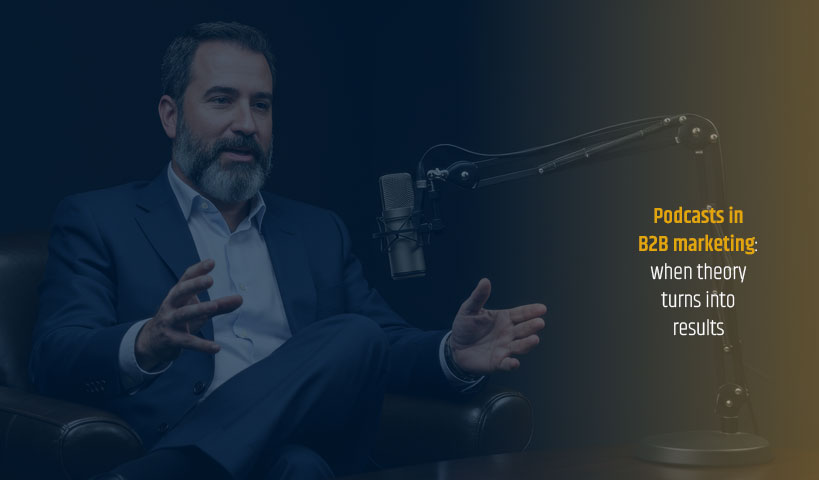‘’Digital business forges a closer coupling between business model, customer experience, and technology design than ever before. Traditional collaboration models — you do your thing, I’ll do mine, and we’ll check in weekly — don’t cut it anymore. Instead, truly innovative organizations are moving from collaboration to co-creation, where tightly integrated, multifunction teams build deep relationships, shared expertise, and common tools as they transform their approach to designing, developing, and delivering technologies that drive unique customer experiences.’’
– Forrester Research, Digital Business 2015
If your environment is B2B, now more than ever, you need to practice Integrated Marketing. The B2B sales cycle is long and complex. Your marketing has to address this fact by coming at it from all sides in a coordinated fashion. Since B2B marketing has been our unique focus since 2002, we’ve got a lot to say about it and we hope you can follow us this month as we deep dive into this fascinating subject.
For our first blog post on this subject, we thought it appropriate to start with a basic definition of Integrated Marketing.
The word ‘Integrated’ in ‘Integrated Marketing’ makes you understand that something is coming together, is being combined. So what would that be? There are many answers to that question. Let’s split them out in to two categories: ‘Within Marketing’ and ‘Marketing with other disciplines’.
Within marketing
Since the advent of the Internet, marketing has been able to combine ‘’online’’ and ‘’offline’’ activities, which by now have pretty wide definitions. Online can include Websites, Email, Blogs, Newsletters, Social Media, Webinars, Videos, Live Streams, and more. Offline can include Print, TV, Radio, Live events, and more. Then, the reach and effectiveness of your marketing in these various channels can be continually enhanced, using measurement and optimization tools. Using any combination of these media to conduct a coordinated marketing action, could be labelled as Integrated Marketing, but in fact, it’s only part of the picture.
Marketing and other disciplines
In the same way that some things in the ‘’online’’ category can become ‘’offline’’ and vis-versa, mashups between Marketing and other disciplines are also happening. For example, there are ‘fusion areas’ between Marketing and Sales where both can simultaneously work on the same chosen customer segments, to reach and convert. Marketing, traditionally tasked with attracting and informing prospects, is now also continuing through into the conversion process, into comparison and evaluation, with messaging that is designed to help the customer along towards the decision point. Marketing automation tools were designed to do just that. This integration with sales continues past the purchase point into ‘’after-sales’’, where Customer Relationship Management tools, continue to help create opportunities to provide other products or services to the customer. Customer Service is naturally called upon through CRM, and can also play a role in upselling or cross-selling activities. Through social Media channels for example, Customer Service can feed back vital information to sales and Marketing.
So what does it all add up to?
Integrated Marketing is the strategic use of all of this traditional, new and hybrid channel activity to strongly focus on the customer and develop relationships, products and services that answer their needs and resolve their problems. Thanks to ever evolving technologies, these can be pinpointed more precisely than ever and responded to more and more quickly.
Integrated Marketing is not easy to ‘’operate’’. The execution of these activities is complex and also requires agility to respond to today’s rapidly changing markets. Ideally, Integrated Marketing should be practiced by experienced, multi-disciplinary teams.
To sum up, Integrated Marketing is:
- Using every appropriate combination of online and offline channels for your sales and marketing activities, coordinating them for maximum impact.
- Getting the full potential out of the technologies available to you, and using their extensive listening and measurement capabilities to enhance your understanding of your customers and their needs and engage them.
- Making Sales and Marketing, assisted by other disciplines such as Communications and Public Relations, work in tandem on leads, and share common objectives in your target segments.
- Using Research, Strategic and Tactical planning, as well as precise go to market execution, backed by rigorous measurement to attain your business objectives.
We hope you can join us this month. Stay tuned for videos and more blog posts on Integrated Marketing from Exo B2B. Our next blog post will be about the benefits of Integrated Marketing




